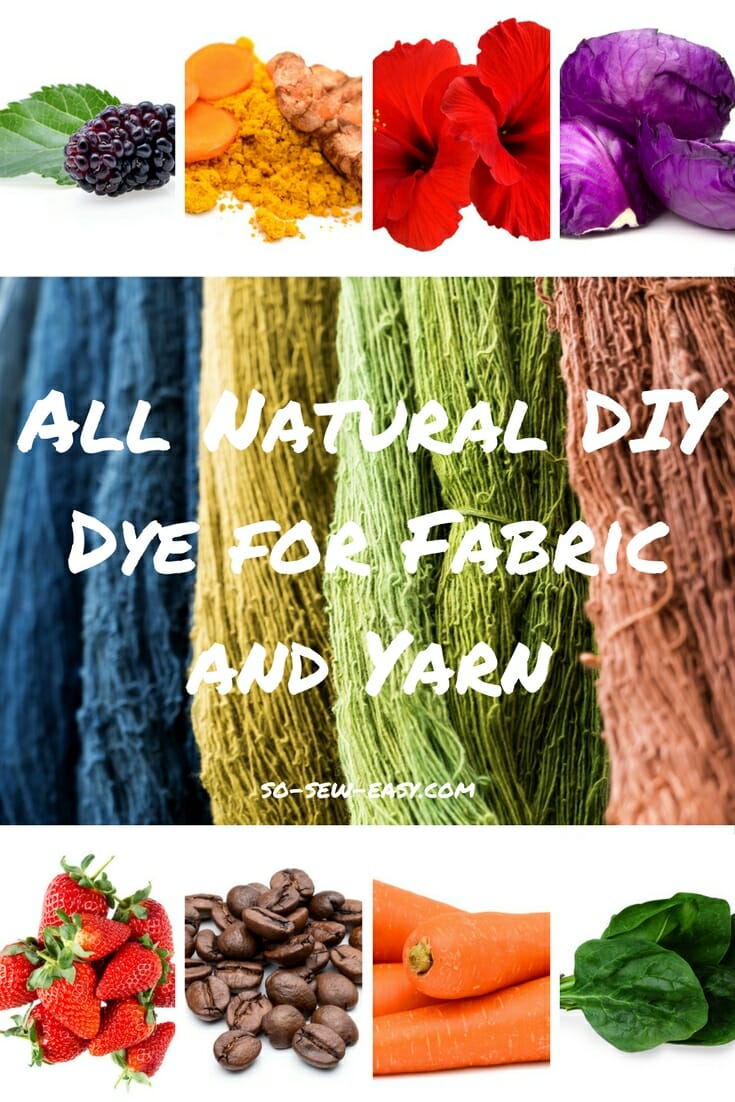
There are a lot of practical reasons to make your own natural DIY dye from natural ingredients. It's cost-effective, non-toxic, and eco-friendly. It's derived from renewable resources and is biodegradable; it can be disposed of safely in your kitchen sink. These are all things to feel good about, but beyond the practical, there's the meditative, gratifying art of natural dye making.
The colors achieved using natural DIY dye are earthy and organic, and the results are variable and inconsistent in the best way possible. What artist wants to create the same masterpiece twice? The inspiration for your palette is everywhere: in your spice drawer, your backyard, and blooming in your flowerbed. It quite literally grows on trees. Here's a little to get you started.
For blue, use hyacinth, mulberries, or dogwood fruit.
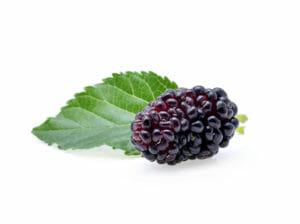

For brown, use coffee, cinnamon, walnut hulls, pine cones, or tea.
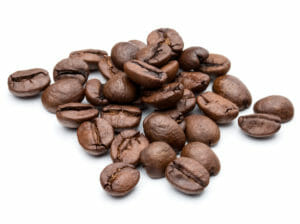

For green, use spinach, artichokes, or grass.
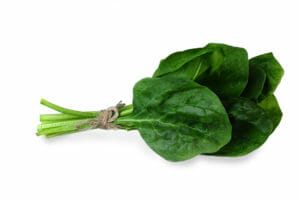

For orange, use carrots, butternut squash, or yellow onion skin.
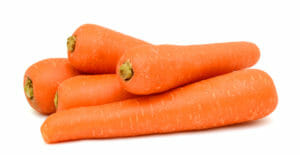

For pink, use strawberries, cherries, or raspberries.
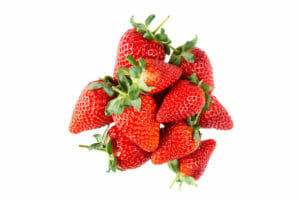

For purple, use blackberries, blueberries, or red cabbage.
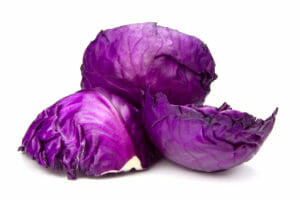

For red, use beets, rose hips, cranberries, hibiscus, or red onion.
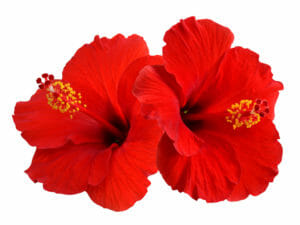

For yellow, use turmeric, saffron, marigolds, or sunflowers.
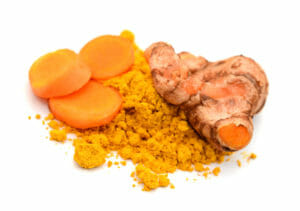

Once you've gathered your ingredients, you're ready to make your dye. You may want to bookmark this article so you can refer back to these instructions. Ready? Boil, then strain.
That's it. There are some finer intricacies, like using pots and utensils that you're not very attached to and wearing rubber gloves so you don't stain your hands, but making natural dye is really that easy.
You can create deeper colors by boiling your ingredients longer, and you can vary the shade and brightness of your dye by using different mordants when preparing your fabric or yarn. A mordant is simply a color fixative; it helps bind the dye to the fibers. Some natural mordants include vinegar, lemon juice, baking soda, and salt.
Making your own all-natural DIY dye is not only thrifty and environmentally smart, but it's also a creative and rewarding process. Let Mother Nature be your muse, and stir up a big pot of gorgeous color using ingredients from your own little slice of heaven.
A Safe and Healthy Way to Dye Your Easter Eggs
If you're looking for a safe and healthy way to dye your Easter eggs for the upcoming holiday, try using these natural DIY dye ideas to create vibrant and natural colors without the use of harmful chemicals.
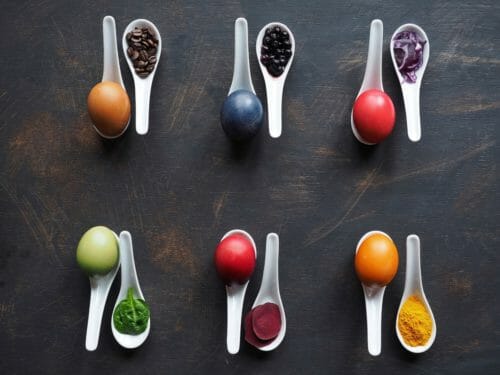









Vinegar, lemon juice, salt and baking soda are not mordants, they adjust the solution to make it the same Ph as the dyed object, acids for animal fibers and alkaline for the bast fibers. Several of the items you show are merely stains and will disappear in time. This article is so far off the actual dye process it’s a joke.
There’s a sunflower whose seeds make a dye that ranges from light dove gray to deep purple. It’s called the Hopi Black Dye sunflower. You do have to grow the sunflowers, so making this dye takes some time, but they grow well in most N. American climate zones. Working on mine now; I’m excited to see the results!
Thank you for this article! Very informative!
Yellows, greens, and browns are easy to get and stay colourful, but blues and reds are fugitive, They will turn yellow in a short while. There are natural dyes which work which are not fruits and vegetables eg. cochineal, an insect which produces a vibrant pink and for blue there is something called “woad”. I don’t know where these can be purchased.
I would be interested in the info as well. Anyone selling it please let me know I happily add you in the article.
Great for Easter Eggs but these are mostly fugitive dyes and stain rather than dye which means they rarely last.
Yellow onion skins also make a great yellowish dye. And don’t forget, beeswax candles can be used to prevent dye from sticking – it’s also a natural product to use.
I forgot to add, if using coffee or tea for dying fabric, the tannins in it can, over time, cause the fabric fibers to weaken.
This article made me think of the Weimaraner we had over 20 something years ago. We would often tie her up on our lawn under a mulberry tree. She liked to roll over and “skritch” her back on the lawn. Well, when the mulberrys were ripe and fell off the tree, she’d be rolling in the berries rather than just grass and she stained her fur a very entertaining mottle of pinks and purples from berries that fell at various stages of ripeness. She became our “punk rock” dog until the dye naturally wore off (or she shed the winter coat fur that was dyed).
Oh dear I do hope you have a picture. I can only imagine the comical result.
How much turmeric/hyacinth/spinach? Mordant ratio? Best type of mordant for the colors/shades one is trying to achieve? Thanks!
To get a truly stronger color you will need to use a different mordant. The most commonly available is alum, can be found in the cannign section of your grocery store. Also iron (can use an iron pot to heat the water), copper, tin and chromium. If you do not use PFD cottons the color is only a stain and will eventually soften.
I have seen a lovely pink blush color come from avocado seeds!
I love this idea but how permanent are the colours once they’re set? Can natural dies cope with repeated washing? I’d love to die fabric for clothes making and yarn for knitting socks. Any pointers gratefully received.
I am working on a follow up article that will cover just that. please stay tuned.
I can’t wait for warm weather to try this. Last year my sister and I would going to try wild mustard for a dye (yellow), but never got around to it. I hoping to try it this year!!
[…] Making your own all-natural DIY dye is not only thrifty and environmentally smart, it's a creative and rewarding process. Source link […]